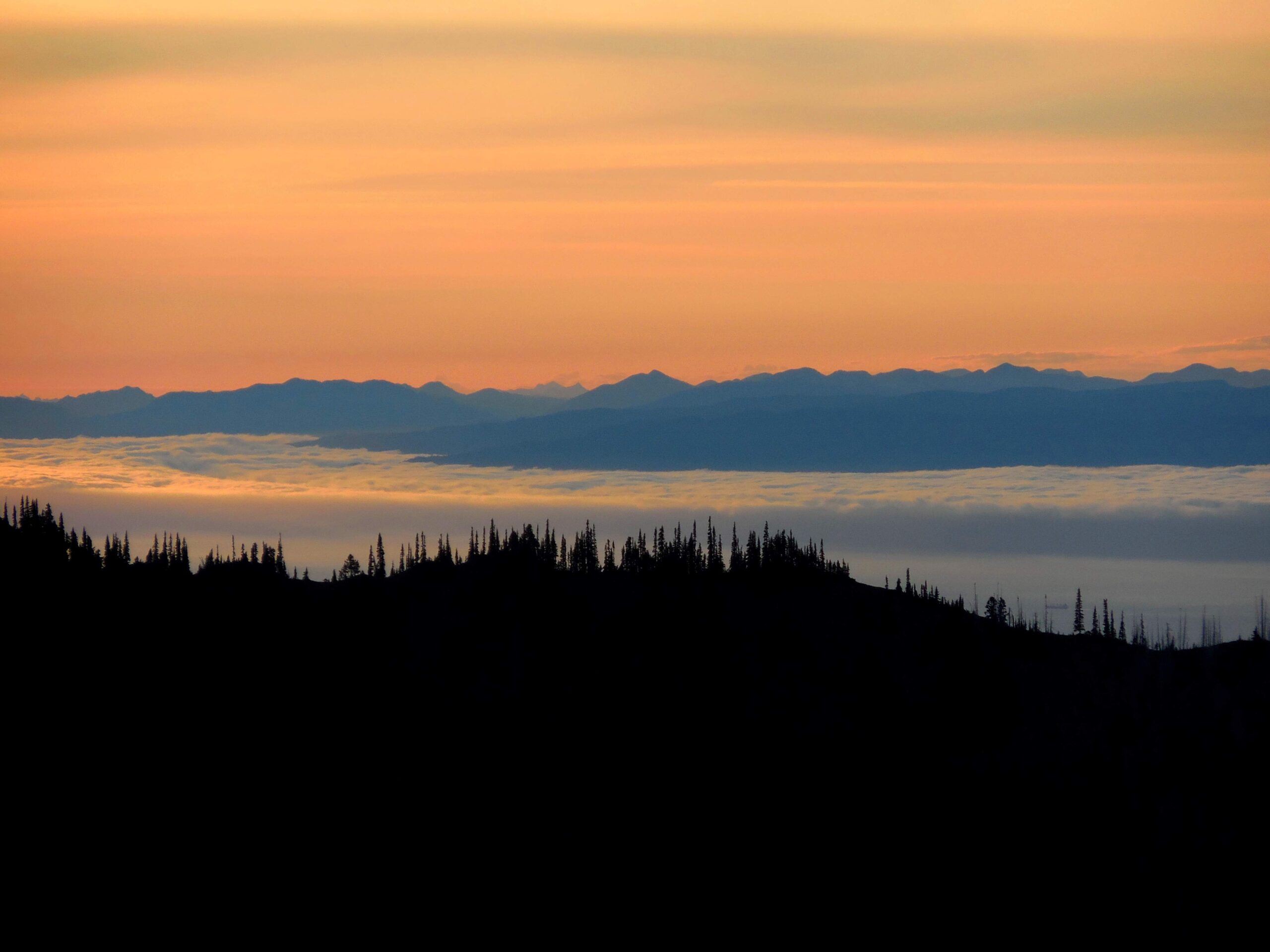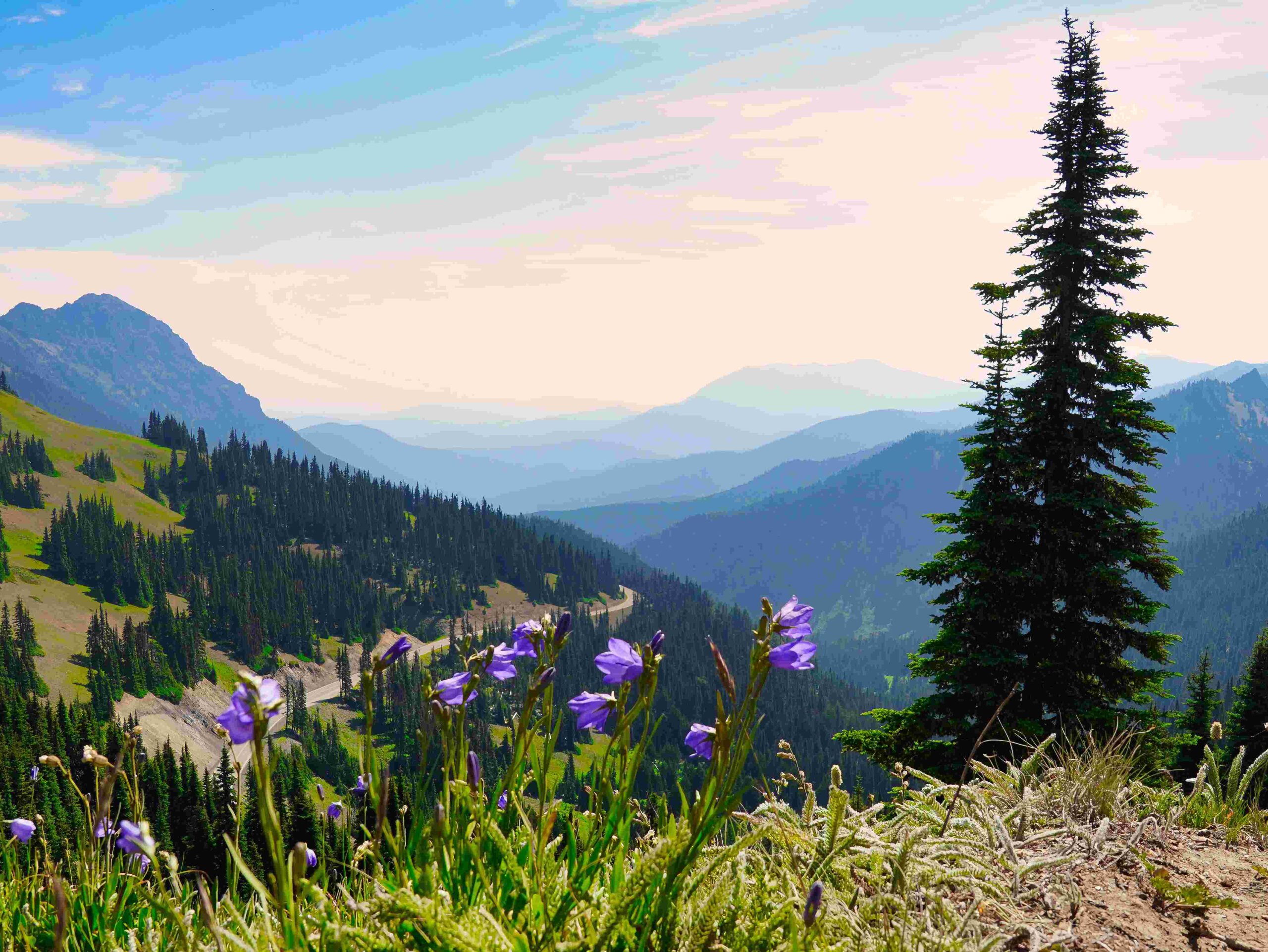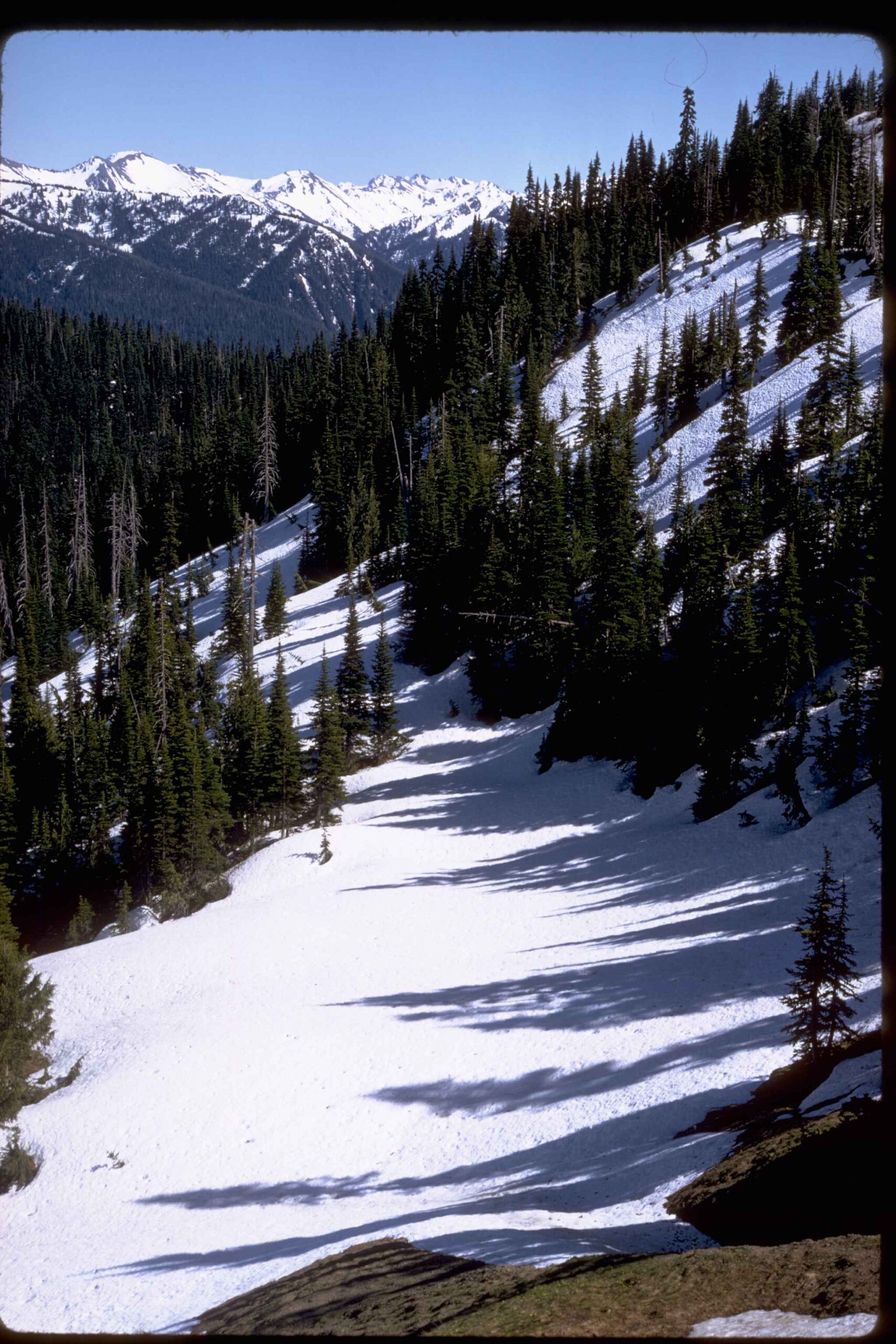Olympic National Park reservations for Hoh Lake require careful planning and adherence to specific regulations. Visitors must obtain wilderness camping permits, which can be reserved in advance through Recreation.gov. The Hoh Lake area is part of a quota system, limiting the number of available permits each night. Proper food storage is mandatory, and group size restrictions apply. Access to Hoh Lake involves strenuous hiking through the Hoh Rain Forest, with no road access available.
What Are the Reservation Requirements for Hoh Lake Camping?

To camp at Hoh Lake within Olympic National Park, you must follow these requirements:
- Obtain a wilderness camping permit (required year-round)
- Make reservations in advance, especially for popular areas like Hoh Lake
- Pay the permit fee of $6, plus $8 per person per night for those 16 or older
- Adhere to the quota system, which limits the number of permits available each night
- Use designated group sites for parties of 7-12 people
- Follow proper food storage regulations to protect against wildlife
Reservations can be made through Recreation.gov starting on March 18 each year. It’s crucial to plan ahead, as Hoh Lake is a popular destination and permits may fill up quickly during peak seasons.
How Accessible is Hoh Lake from the Hoh Rain Forest?

Accessing Hoh Lake from the Hoh Rain Forest involves a challenging hike:
- Trail Options:
- Hoh River Trail
-
High Divide Trail and Seven Lakes Basin
-
Distance and Elevation:
-
From Olympus Guard Station: 4.7 miles with 3,808 feet elevation gain
-
Transportation:
- No road access or motor vehicle options to Hoh Lake
-
Hikers must park at the Hoh River Trailhead and hike to the lake
-
Parking:
-
Available at the Hoh River Trailhead (starting point for hikes to Hoh Lake)
-
Potential Challenges:
- Strenuous hike with significant elevation gain
- Wet and muddy conditions due to rainforest environment
- Variable weather
- Possible wildlife encounters
Hikers should be well-prepared for a demanding trek through diverse terrain and changing weather conditions. Proper gear, including rain protection and sturdy hiking boots, is essential.
What Regulations Apply to Hiking Permits Around Hoh Lake?
Hiking permits for trails around Hoh Lake are subject to several regulations:
- Wilderness backpacking permits required for overnight stays
- Permits can be reserved in advance through Recreation.gov
- Day hikes do not require permits, but overnight camping does
- Fire restrictions may apply depending on the season (no campfires above 3,500 feet elevation)
- Leave No Trace principles must be followed
| Trail | Distance | Difficulty | Permit Required for Day Hike |
|---|---|---|---|
| Hoh River Trail | Varies | Strenuous | No |
| High Divide Trail | Varies | Strenuous | No |
While day hikes don’t require permits, it’s crucial to be prepared for the challenging terrain and potentially rapidly changing weather conditions in the Olympic Mountains.
What Accommodations Are Available Near Hoh Lake?
Accommodations near Hoh Lake are limited to wilderness camping:
- Camping Options:
- Several campsites along the Hoh River Trail
-
Campsites near Hoh Lake itself
-
Amenities:
- Basic facilities (e.g., primitive toilets)
- Access to natural water sources (must be treated)
-
No developed facilities or services
-
Lodging:
- No lodges or developed lodging facilities near Hoh Lake
-
Nearest lodging options are outside the park or at other park facilities (not within walking distance)
-
Pricing and Booking:
- Camping fees: $8 per person per night
- Permit fee: $6
- Reservations through Recreation.gov
It’s important to note that all accommodations near Hoh Lake require wilderness camping permits and adherence to Leave No Trace principles. Campers must be self-sufficient and prepared for backcountry conditions.
How Should Visitors Prepare for a Trip to Hoh Lake?
Proper preparation is crucial for a safe and enjoyable trip to Hoh Lake:
- Physical Fitness:
- Train for strenuous hiking with significant elevation gain
-
Prepare for long days on the trail
-
Gear and Supplies:
- Bring appropriate backpacking gear (tent, sleeping bag, etc.)
- Pack enough food and water treatment supplies
-
Include rain gear and warm layers (weather can change rapidly)
-
Navigation:
- Carry topographic maps and a compass
-
Consider bringing a GPS device as a backup
-
Wildlife Awareness:
- Learn about proper food storage techniques
-
Understand how to behave in bear country
-
Permits and Regulations:
- Secure necessary permits well in advance
-
Familiarize yourself with park regulations and Leave No Trace principles
-
Emergency Preparedness:
- Bring a first aid kit
- Have an emergency communication plan (note that cell service is limited or non-existent)
By thoroughly preparing for the challenges of backcountry travel, visitors can maximize their enjoyment of the stunning natural beauty around Hoh Lake while minimizing risks and environmental impact.
What Are the Best Times to Visit Hoh Lake?
The optimal time to visit Hoh Lake depends on various factors:
- Summer (July-September):
- Most popular season
- Generally warmer and drier weather
- Wildflowers in bloom
-
Higher chance of clear views
-
Spring (May-June):
- Fewer crowds
- Potential for lingering snow at higher elevations
-
Waterfalls and streams at peak flow
-
Fall (October):
- Beautiful fall colors
- Fewer visitors
-
Potential for early snow
-
Winter (November-April):
- Not recommended for inexperienced winter hikers
- Requires advanced snow travel skills and equipment
- High avalanche risk
| Season | Pros | Cons |
|---|---|---|
| Summer | Best weather, peak wildflowers | Crowded, more competition for permits |
| Spring | Fewer crowds, lush vegetation | Potential snow, muddy trails |
| Fall | Fall colors, solitude | Unpredictable weather, shorter days |
| Winter | Solitude, snow-covered landscape | Dangerous conditions, advanced skills required |
Regardless of the season, always check current conditions and weather forecasts before your trip, and be prepared for rapid weather changes in the Olympic Mountains.
How Can Visitors Minimize Their Environmental Impact at Hoh Lake?
Preserving the pristine environment of Hoh Lake is crucial. Visitors should follow these guidelines:
- Practice Leave No Trace:
- Pack out all trash
- Use established campsites
-
Minimize campfire impacts (no fires above 3,500 feet)
-
Protect Water Sources:
- Camp at least 200 feet from lakes and streams
-
Use biodegradable soap for washing, and do so away from water sources
-
Wildlife Protection:
- Store food properly in bear canisters
-
Do not feed or approach wildlife
-
Stay on Trails:
- Avoid creating new trails or shortcuts
-
Walk through muddy areas rather than around them to prevent trail widening
-
Human Waste Management:
- Use established pit toilets where available
-
If not available, bury human waste 6-8 inches deep, 200 feet from water sources
-
Respect Quiet Hours:
-
Minimize noise to protect wildlife and other visitors’ experiences
-
Group Size Limits:
- Adhere to the park’s group size restrictions
By following these guidelines, visitors can help ensure that Hoh Lake remains a pristine wilderness for future generations to enjoy.
Remember, obtaining Olympic National Park reservations for Hoh Lake is just the first step in planning your adventure. Proper preparation, respect for the environment, and adherence to park regulations will help ensure a safe and memorable experience in this stunning wilderness area.

